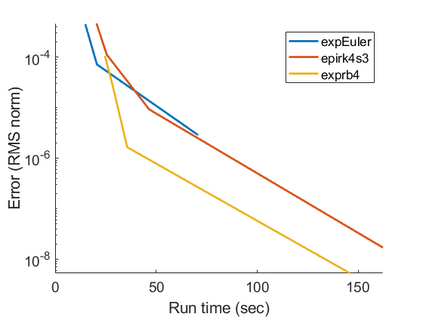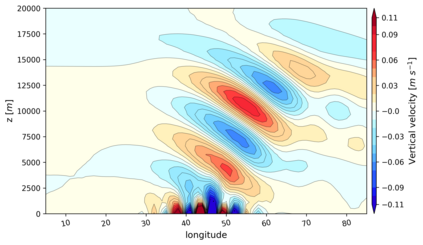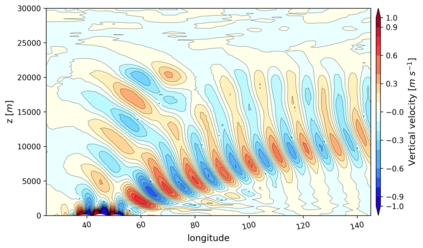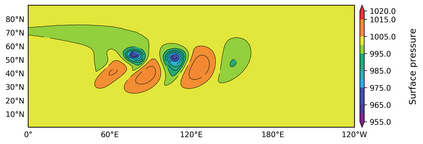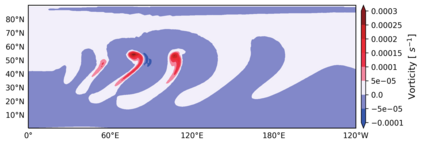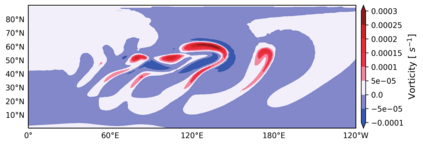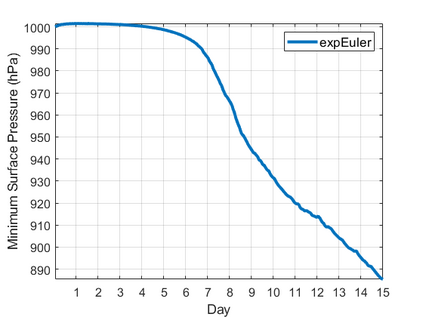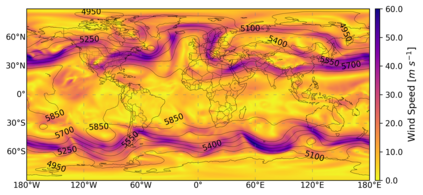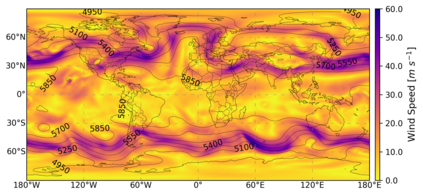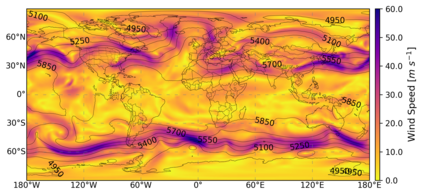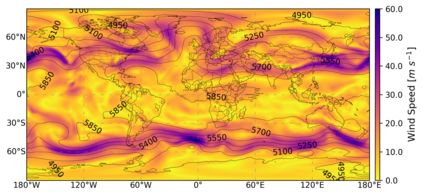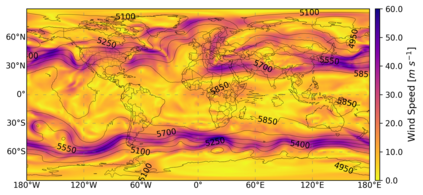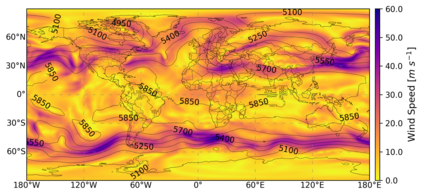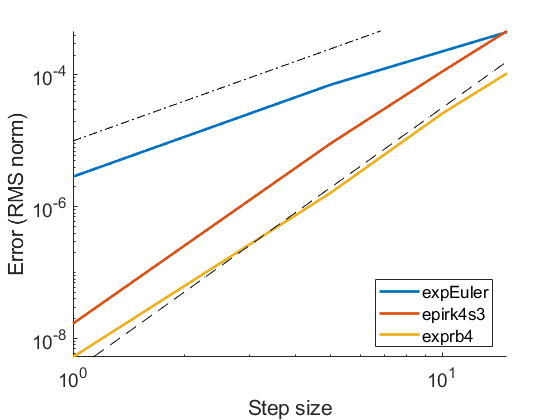Recent advancements in evaluating matrix-exponential functions have opened the doors to the practical use of exponential time-integration methods in numerical weather prediction (NWP). The success of exponential methods in shallow water simulations has led to the question of whether they can be beneficial in a 3D atmospheric model. In this paper, we take the first step forward by evaluating the behavior of exponential time-integration methods in the Navy's compressible deep-atmosphere nonhydrostatic global model (NEPTUNE-Navy Environmental Prediction sysTem Utilizing a Nonhydrostatic Engine). Simulations are conducted on a set of idealized test cases designed to assess key features of a nonhydrostatic model and demonstrate that exponential integrators capture the desired large and small-scale traits, yielding results comparable to those found in the literature. We propose a new upper boundary absorbing layer independent of reference state and shown to be effective in both idealized and real-data simulations. A real-data forecast using an exponential method with full physics is presented, providing a positive outlook for using exponential integrators for NWP.
翻译:暂无翻译


